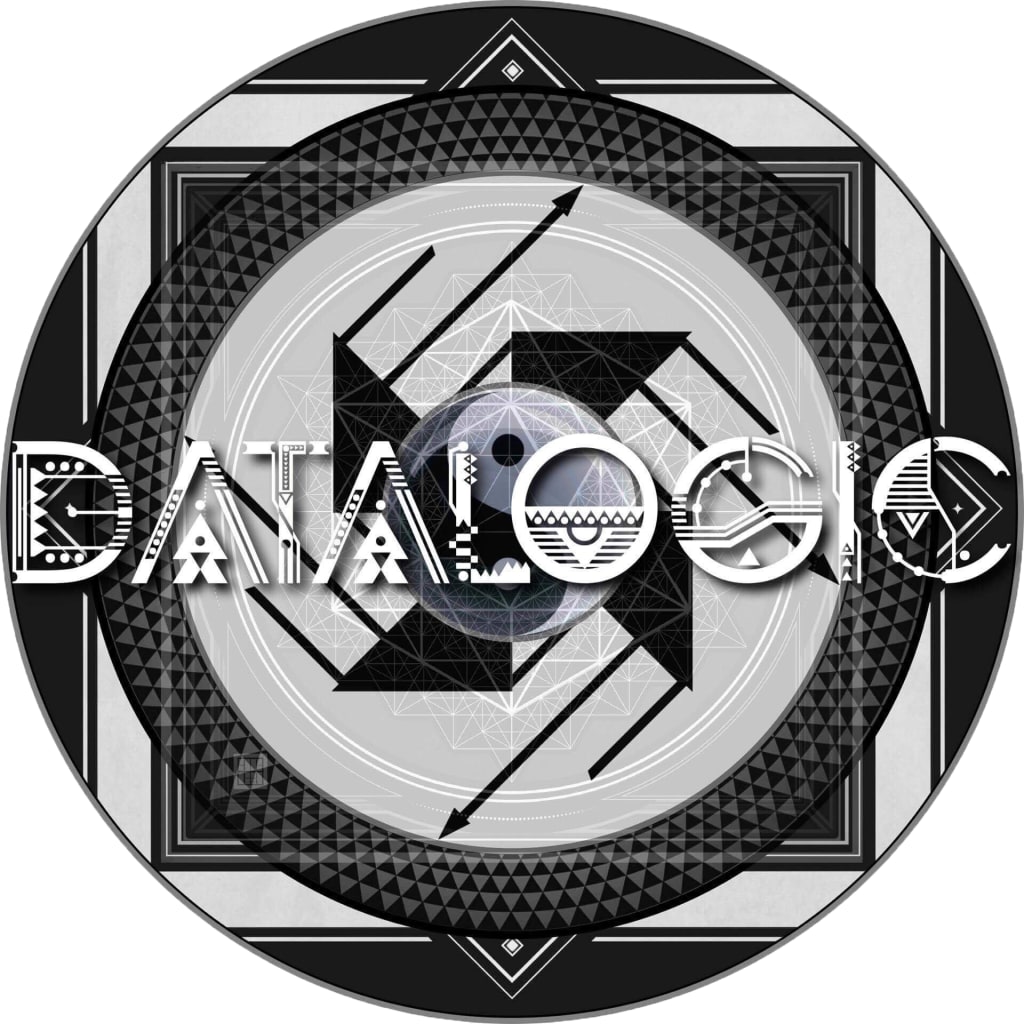How can something have no beginning?
What is the transcendental ground of Being?

The answer to this is simple and surprisingly intuitive - something which is eternal by necessity has no beginning, and something can be eternal if there is no alternative to its defined mode of being.
If there are only two options, for instance the opposite poles of ‘off’ and ‘on’ possessed by a light-switch, then we are presented with a mutually exclusive choice between the two - the light must be in one state or the other, but never both nor neither. This is a direct extension of the laws of thought, and the extension can go further still; let us now suppose that the bottom half of the switch, the ‘off’ section, is entirely absent.
Not only is the switch explicitly not in the ‘off’ position, but more than that, it is utterly impossible for it to ever be in that position. This means that the switch must always be ‘on’, because there is no other logical possibility that the state could manifest. It is clear from this example that the switch never became switched on - its period of ‘on’ never began - because it could never have occupied another state, for there are no alternative states available.
Such a switch, so defined, must eternally be in the ‘on’ position, without that fact ever requiring a beginning - things which have no logical alternative, those things which literally cannot be otherwise, must always be as they are - eternally true and without a beginning of any variety.
Now, to depart from our abstract example and return to the real world, how can something have no beginning? Well, my answer to this is that it must be defined such that any alternative is logically impossible, thus making the proposition necessarily true.
The prime example of this is that which entails us all - existence itself. The opposite of existence, nothingness or non-existence, is defined such that its existence is inherently impossible, therefore it cannot be. The consequence of this is the eternality of existence, as something which cannot be otherwise is non-contingent and thus necessarily true.
Existence has no beginning because it could never not exist in order to begin, therefore it must always have been, as it is, for it could not possibly be otherwise.
This thesis is an original conception developed by myself and my brilliant colleague Christopher Mackinga, and it has been made available online in a document by the name of DMTheory (Datalogical Metaphysical Theory). In this document, the basic denial of the possibility of nothingness is pursued beyond mere denial: given the affirmation of somethingness as such, we then pursue the analytical deconstruction of somethingness as far as possible.
This leads us inevitably to our conceiving of the central concept of the metaphysical theory, which is called Datalogic. This neologism signifies the irrevocably intertwined ontic pair of Data and Logic, neither of which can exist without the other and neither of which can fail to obtain. Here, Data is defined as non-contingent uninterpreted information - in simple terms, it is the 'isness', which cannot be otherwise, the substance of information which pre-exists our process of informing ourselves. Logic, on the other hand, is defined as consistent relational structure; it concerns the relations which exist between the substance and its context, which constitute the structure of the manifestation of that substance.
These two terms can be conceptualized as analogies to the pairs 'substance and structure' and 'essence and form', both of which are required for the manifestation of any particular thing. A more intuitive representation of the same idea can be found in the ancient symbolism of the yin-yang, which at once signifies both duality and unity. Similarly, the aspects of Data and Logic are inseparable attributes of thinghood, or existence, which is nonetheless itself a unity. This is true precisely because the two aspects of existence, Data and Logic, are utterly inseparable and cannot exist in isolation. There is always two, and those two are always one: Existence.
For more information on the reasoning employed to derive these axiomatic assumptions of reality itself, please refer to the original paper or feel free to contact me on any of the various platforms I regularly use with any questions that you may have. I hope you enjoyed this brief summary of the central conceptual schema within my wonderful worldview.
Thanks for reading, and have a great day!
About the Creator
Insinq Datum
I'm an aspiring poet, author and philosopher. I run a 5000+ debating community on Discord and a couple of Youtube channels, one related to the Discord server and one related to my work as a philosopher. I am also the author of DMTheory.






Comments
There are no comments for this story
Be the first to respond and start the conversation.